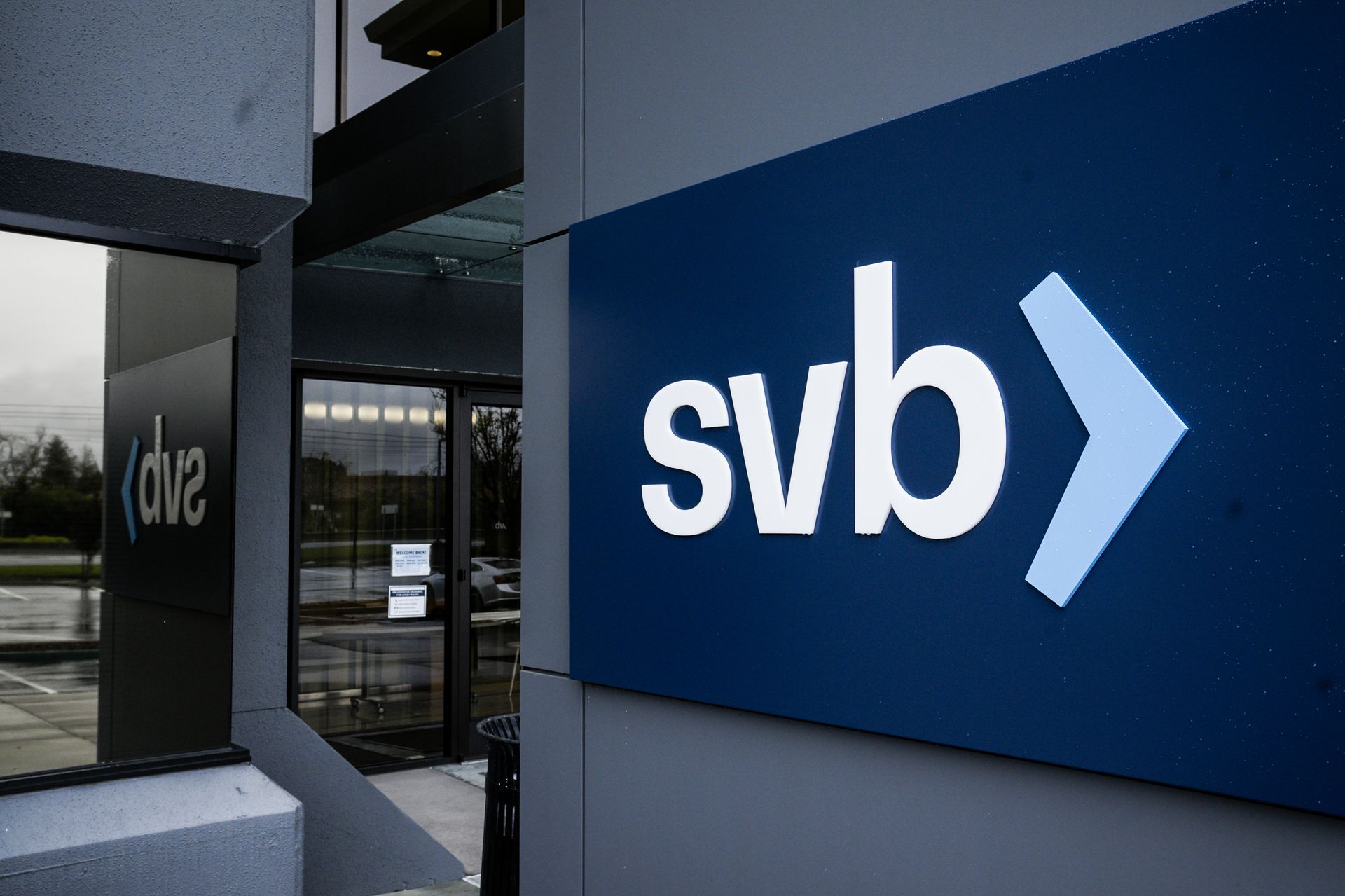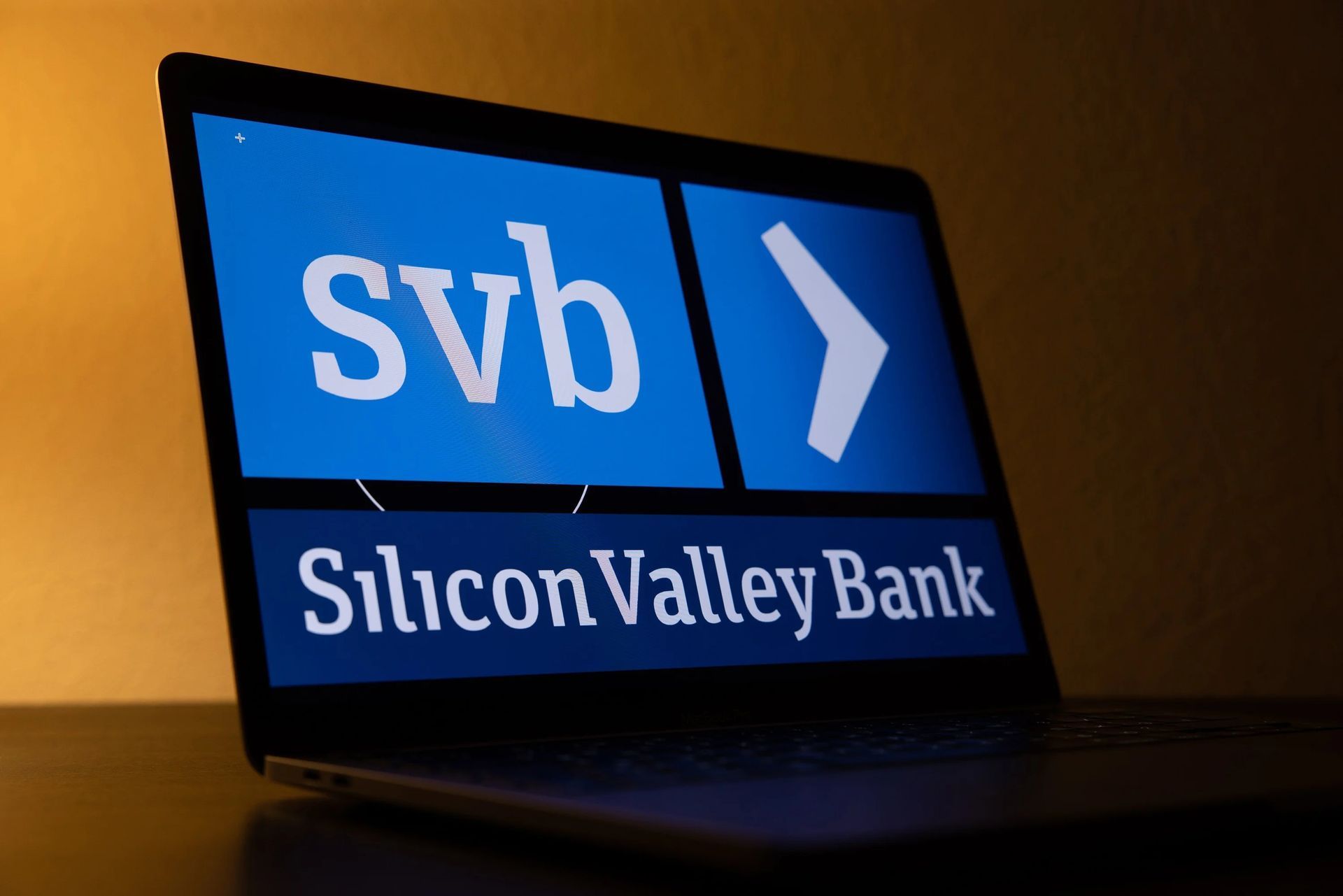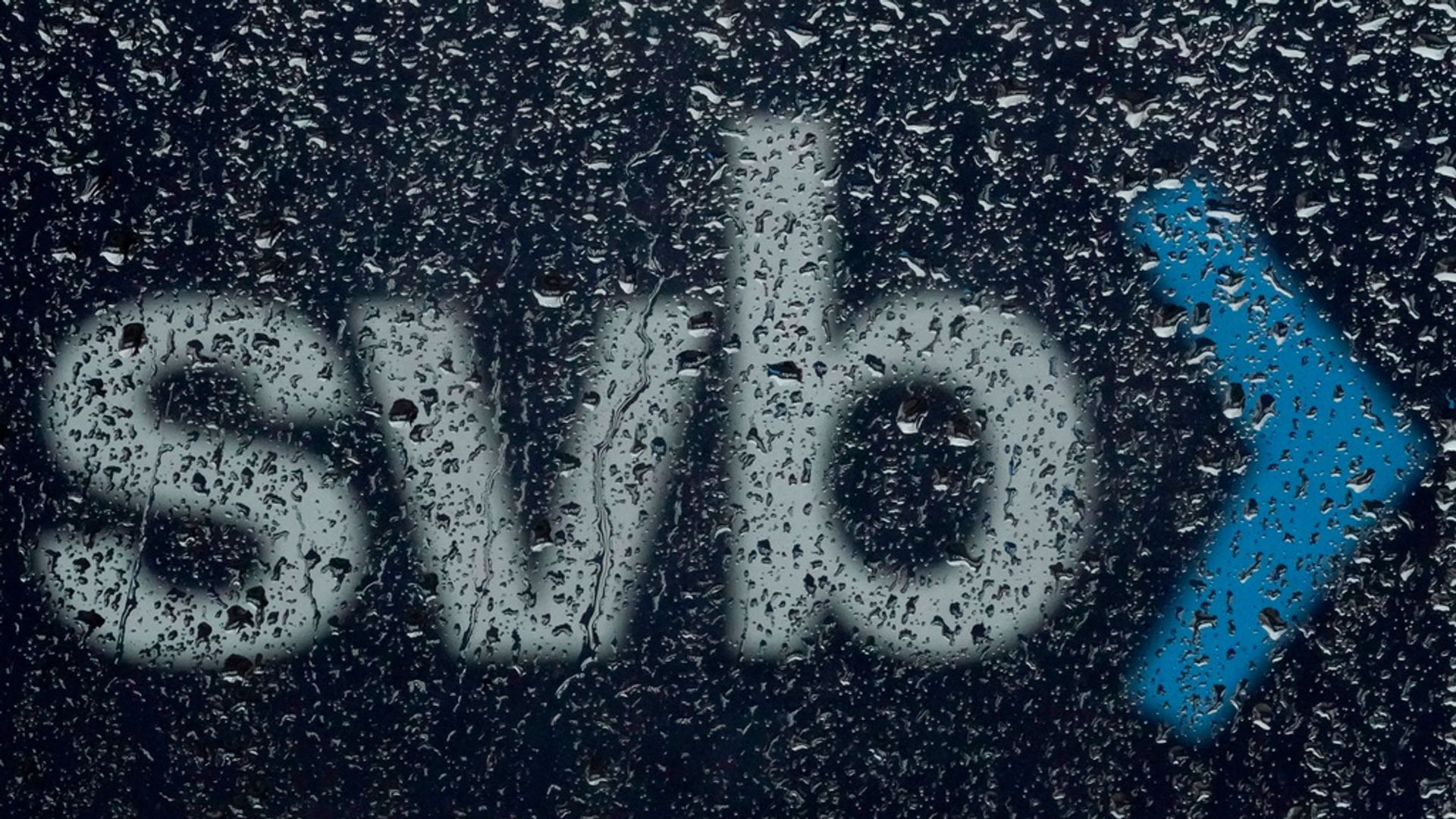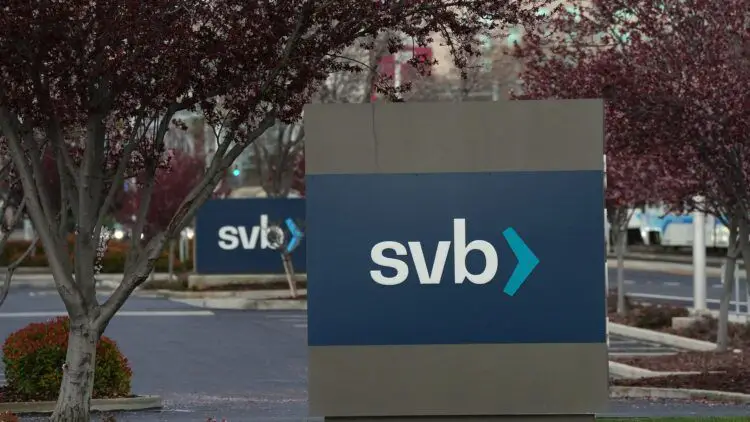On the night before its collapse, SVB hosted a presentation by VC Bill Reichert of Pegasus Tech Ventures titled “How to Pitch Your WOW! to Investors,” which was attended by approximately 45-50 people. According to Mike McEvoy, CEO of OmniLayers, the atmosphere was eerie and subdued, with several individuals leaving the building during the event, The Verge reports.
Roger Sanford, CEO of Hcare Health, also attended and described the mood as one of denial, with “the band played on.” The following day, regulators shut down SVB, which had been an emblematic bank of the tech industry, making it the second-largest bank failure in US history after Washington Mutual’s collapse in 2008. The reason for the collapse is somewhat complex, but it can be simplified as a bank run, in which depositors try to withdraw all their funds at once, similar to the situation portrayed in “It’s a Wonderful Life.”
However, the bank did not have the cash on hand to meet these demands due to its use for other purposes, leading to the collapse of the most significant bank in the tech industry both systemically and symbolically. To arrive at this point, several other factors had to occur first.
What is Silicon Valley Bank?
Established in 1983 following a poker game, Silicon Valley Bank played a crucial role in the success of the tech industry and ranked as the 16th largest bank in the US before its collapse. Despite the tech industry’s praise of tech-savvy individuals, money was the actual fuel for startup success, and Silicon Valley Bank provided that fuel by closely collaborating with numerous VC-backed startups.

It marketed itself as the “financial partner of the innovation economy” and the go-to bank for investors, with even the parent company of the current website banking with them. Additionally, more than 2,500 VC firms and numerous tech executives held accounts with SVB. However, the bank collapsed in less than 48 hours, leaving a significant impact on the tech industry.
What happened to Silicon Valley Bank?
Like most banks in the US, Silicon Valley Bank was insured by the Federal Deposit Insurance Corporation (FDIC), a government agency that has been in existence since the Great Depression. However, FDIC deposit insurance operates with a cap of $250,000 per account. While this amount may be substantial for individuals, businesses often have monthly burn rates of millions of dollars, rendering the cap inadequate. According to a recent regulatory filing, as of December 2022, roughly 90% of deposits were uninsured. While the FDIC has not released an exact number of uninsured deposits at the time of the bank’s closure, they have noted that it remains undetermined.
Why did Silicon Valley Bank fail?
Disruptions to cash flow can have significant consequences for individuals, companies, and entire industries. While uninsured depositors will likely be reimbursed eventually, they currently lack access to their funds.
The most immediate impact is on payroll, with many individuals concerned about the disruption of their next paycheck. Some have already been informed that their paychecks will be delayed, such as customers of payroll service provider Rippling, due to the SVB collapse.
For workers, this can mean missed rent or mortgage payments, as well as a lack of funds for necessities like groceries, gas, or childcare. The impact on startups is particularly harsh. According to Y Combinator CEO Garry Tan, a third of Y Combinator companies will be unable to meet payroll obligations within the next 30 days. Mass furloughs or layoffs can be a significant challenge for most companies, as a lack of personnel can impede sales and operations.
30% of YC companies exposed through SVB can’t make payroll in the next 30 days.
If you or your company are affected, I recommend that you reach out to your local congressman to get this on their radar TODAY.
— Garry Tan 💥♻️ e/acc (@garrytan) March 10, 2023
About crypto-related rumors
Although the collapse of SVB was not directly linked to the ongoing crypto market decline, it may have the potential to exacerbate the situation. Crypto firm Circle operates a stablecoin called USDC that is backed by cash reserves, $3.3 billion of which are currently trapped at SVB. The stablecoin is supposed to retain a value of $1, but after the bank’s collapse, it fell below its peg, reaching as low as 87 cents. As a result, Coinbase ceased conversions between USDC and the dollar.
In response to the situation, Circle stated on March 11th that they will back USDC and use corporate resources to cover any shortfall, including external capital if necessary. This action allowed the stablecoin’s value to recover for the most part. However, it should be noted that bankrupt crypto lender BlockFi also has $227 million in trapped funds at SVB, further adding to the potential impact of the bank’s collapse on the cryptocurrency market.
What does the future look like?
To address the fallout of the SVB collapse, the FDIC established a new entity called the Deposit Insurance National Bank of Santa Clara to manage all insured deposits for the bank. This entity will commence operations on March 13th.
For individuals with uninsured deposits, an advanced dividend payment will be provided, along with a certificate. However, this does not guarantee that individuals will receive all their funds. The FDIC’s primary objective is to recover the maximum amount from SVB’s assets. One potential solution is for another bank to acquire SVB, receiving deposits in the process.

In the best-case scenario, this acquisition would ensure that all customers receive their money back, which would be a significant victory for both customers awaiting paychecks and the FDIC’s broader mission of ensuring public confidence and stability in the US banking system.
If SVB’s assets can only be sold for less than their full value, this could potentially trigger bank runs elsewhere. In the event that an acquisition does not occur, the FDIC will evaluate and sell SVB’s assets over several weeks or months, with the proceeds distributed to depositors.
Uninsured deposits are given a high priority in the payback scale, second only to administrative expenses and insured deposits. Although it may take some time for the sale to take place, the likelihood of customers recovering their funds is high, provided they can manage while waiting for it.
What’s the real reason behind the SVB collapse?
The collapse of SVB is not only a matter concerning startups and Silicon Valley VCs. Understanding the root cause requires examining interest rates, which have remained low since 2008, leading to a boom in venture capital and other investments.
The pandemic has further intensified this trend, with meme stocks, the crypto market, and SPACs taking off. This was due to the zero percent interest rate policy (ZIRP) implemented by Federal Reserve Chair Jerome Powell. However, the impact of ZIRP was not just limited to the broader market. Banks specializing in startups, such as SVB, saw their deposits grow due to the frenetic pace of IPOs, SPACs, and VC investments. As a result, loans became unnecessary, which is a significant problem for banks as they rely on loans to generate revenue.
To address this issue, SVB invested in government securities, which provided a steady source of income. However, this also left the bank vulnerable to interest rate fluctuations, as explained in more detail by Bloomberg’s Matt Levine.

Federal Reserve says it will protect depositors
The Federal Reserve issued a joint statement on Sunday, assuring depositors of Silicon Valley Bank that they will receive assistance in a way that “fully protects” everyone. The statement confirmed that depositors, both insured and uninsured, would have access to their funds starting March 13th, with no losses incurred by taxpayers in the process.
After seeking advice from the boards of the Federal Reserve and the Federal Deposit Insurance, and consulting with President Biden and Treasury Secretary Janet Yellen, Yellen approved measures to allow the FDIC to resolve SVB while fully safeguarding all depositors.
“The Board is closely monitoring conditions across the financial system and is prepared to use its full range of tools to support households and businesses, and will take additional steps as appropriate,” the statement reads.
The joint statement also noted that the Federal Reserve is prepared to handle any liquidity pressures that may arise, with a new Bank Term Funding Program (BTFP) providing one-year loans to banks, credit unions, and other depository institutions. The BTFP is also backed by a $25 billion backstop, although the Reserve does not anticipate it being necessary to use that backstop, according to the statement.





